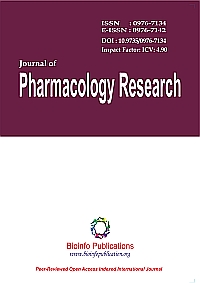
“Whether or not cannabis use may increase or decrease the risk of type 2 diabetes is not clear. We analyzed the association between cannabis and subsequent type 2 diabetes and if a potential positive or reverse association persisted after controlling for potential confounders.
In this population-based cohort study, 17,967 Swedish men and women (aged 18-84 years), who answered an extensive questionnaire in 2002 (including questions on cannabis use), were followed up for new cases of type 2 diabetes (n = 608) by questionnaire (in 2010) and in health registers during 2003-2011. Odds ratios (ORs) with 95% CIs were estimated in a multiple logistic regression analysis. Potential confounders included age, sex, BMI, physical inactivity, smoking, alcohol use, and occupational position.
Results. The crude association showed that cannabis users had a reduced risk of type 2 diabetes OR = 0.68 (95% CIs: 0.47-0.99). However, this inverse association attenuated to OR = 0.94 (95% CIs: 0.63-1.39) after adjusting for age.
Conclusions. The present study suggests that there is no association between cannabis use and subsequent type 2 diabetes after controlling for age. To make more robust conclusions prospective studies, with longer periods of follow-up and more detailed information about cannabis use, are needed.”









